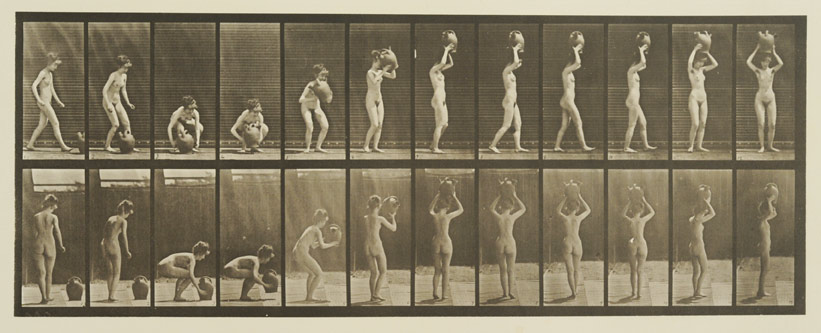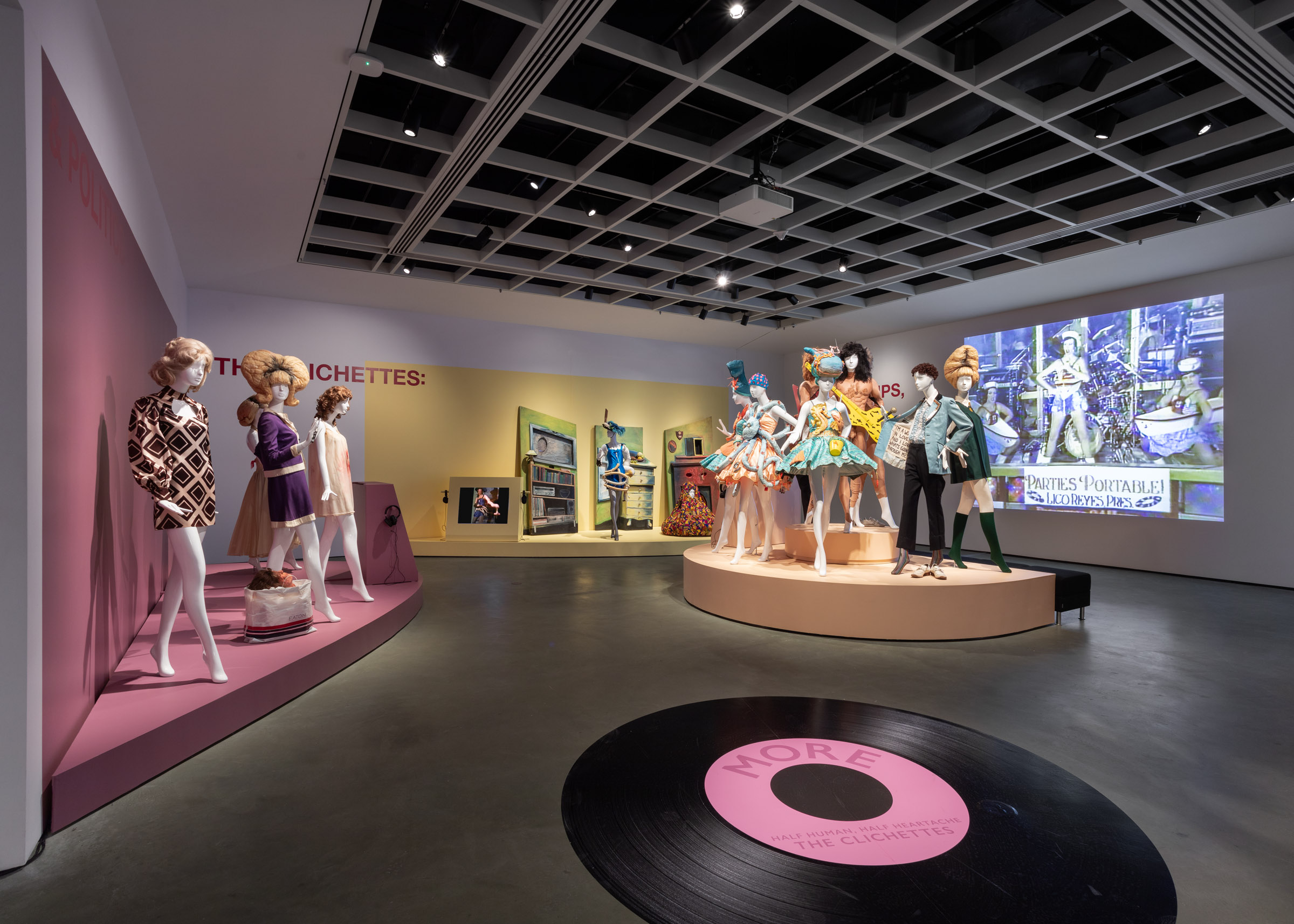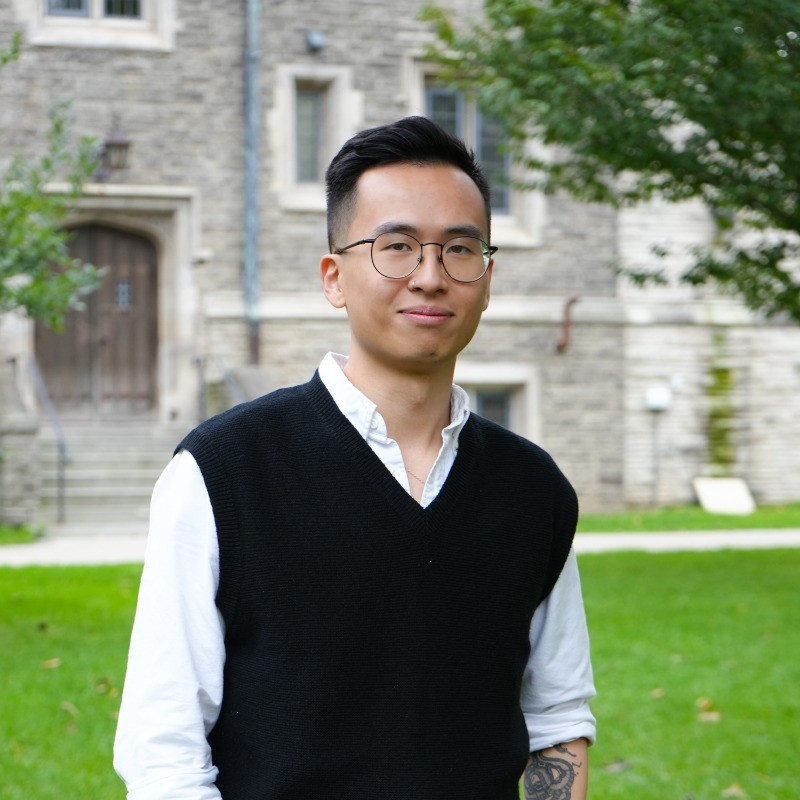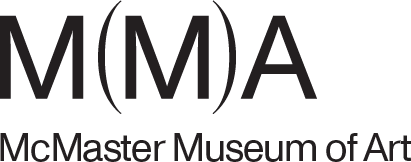Muybridge: Science as Art and Art as Scientific Study
April 5, 2012

Try going a week without movies or television.
Or, maybe try a day.
Now to take it a step further, imagine this: your exposure to moving images is basically zero.
Getting your mind cast in that frame will make the iconic photographic work of Eadweard Muybridge look like magic.
That’s how it seemed at the time.
In the 1870s, Muybridge was hired to use his photographic skills and ingenuity to settle an old argument. Without the aid of cameras, no one could tell if all four of a galloping horse’s hooves were ever off the ground all at once. Using numerous cameras placed along a pre-determined path, each lens was tripped to open as the animal ran past.
Moving pictures had not been invented. The ability to create a dynamic movement through still images allowed a whole new level of vision, understanding and insight; people could now see things that they otherwise could not.
The final verdict? Horses’ hooves do all leave the ground at one point in their gallop.

These photographs and the possible applications this technique held were a boon to science. Today, these images are regarded as a fantastic combination of science and art.
After the initial horse-galloping photographs, Muybridge worked with the University of Pennsylvania on his influential work, Animal Locomotion. This book includes over 700 images; less than 200 are of animals. The vast majority are of humans performing various tasks, their movements recorded from different angles.
– Teresa Gregorio, Museum Monitor / Information Officer, McMaster Museum of Art

McMaster Museum of Art wins Exhibition of the Year for The Clichettes: Lips, Wigs and Politics
December 2, 2025
On Monday, December 1, 2025, Galeries Ontario / Ontario Galleries (GOG) announced the winners of the 48th Annual GOG Awards and the McMaster Museum of Art (M(M)A) took away the top award for the Exhibition of the Year (Budget Over $50K) for the Fall 2024 exhibition The Clichettes: Lips, Wigs and Politics produced in partnership […]

The Creative Process: Well-being through art with the McMaster Museum of Art
August 22, 2025

McMaster Museum of Art Welcomes New Communications Officer Jeff Jung Sing Chow
July 11, 2025





